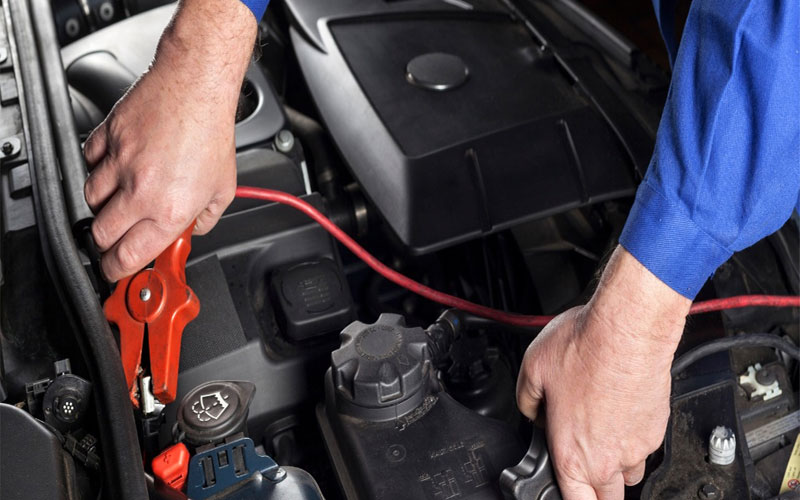It’s never a good time to find yourself with a dead car battery. Whether you’re stranded on the side of the road or need to run some errands, it can happen quickly. If you can access a friend or neighbor with a working vehicle, jump-starting can be a quick fix. Start by locating both vehicles’ batteries and ensuring they’re as close together as possible.
Preparation
Whether it’s due to headlights left on, extreme weather, or your car battery needs replacing, getting stuck on the side of the road because of a dead car battery can be an extremely frustrating experience. Thankfully, there is an easy way to temporarily fix this issue with a quick jump start using another vehicle with a working battery.
The key to this process is having the right equipment and knowing how to use it properly. The most important items needed how to jump start a car include jumper cables and another working vehicle with a fully charged battery. Both vehicles must be parked bumper-to-bumper and have their engines turned off to complete the jump safely.
Ensure the jumper cables have red and black handles – this will help you identify which end goes on each vehicle’s battery terminal. Next, connect one end of the red cable to the positive terminal on the working battery and the other to the positive terminal on the dead car’s battery. Finally, attach the different black wires to a clean, unpainted metal surface underneath the disabled car’s hood (ideally somewhere on the engine block) to prevent sparking and potential explosions. This will act as a ground for the discharged battery.
Jumper Cables

Jumper cables are a pair of long metal clamps with red and black ends. They are designed to transfer current from a working battery to a dead one to get it started. Having the right cables is important because if the power is transmitted in the wrong order, it can damage your vehicle.
Before you start hooking up the cables, ensure both vehicles are parked near each other (beside each other or bumper-to-bumper). Shut off and set the ignitions, remove keys, and turn off both radios, climate control and other accessories. Then, open the hood of each car and locate the batteries. Check both to see that they are fully charged and free of corrosion.
Next, take the POSITIVE (red) clamp of one of the jumper cables and attach it to the positive terminal post (+ or red) on the working car’s battery. Then, take the other cable’s NEGATIVE (black) clamp and fasten it to the negative terminal on the dead battery. Be careful not to touch the cable ends together, as they may cause a fire. Finally, start the functioning car and let it idle for a few minutes before disconnecting the wires. Be careful when disconnecting the black cable from the dead battery since a spark could ignite flammable engine components.
Connecting
To jump-start your car, you must properly connect the jumper cables. The first step is to locate the battery. It is usually under the hood, but some vehicles store their batteries in other places due to weight distribution and space constraints. The battery will likely be in the trunk or behind the back seat. If you need help determining where your car’s battery is, refer to the owner’s manual for more information.
Once you have retrieved the jumper cables and found another vehicle with a working battery, park both vehicles closely together. The cars can be parked bumper-to-bumper, or one can pull in front of the other. Shut off the ignitions in both cars and turn on the emergency brake in each. Next, disconnect the negative cable from the bad battery and attach it to an unpainted metal part of the good car for grounding.
Connect the other end of this cable to the positive terminal of the working battery. Then, attach the black cable’s opposite end to the dead battery’s negative terminal. Finally, connect the other end of the black cable to an unpainted metal part in the working car for grounding purposes. Once all connections are complete, start the working car’s engine and wait a few minutes for the electrical current to transfer from the good battery to the dead one.











